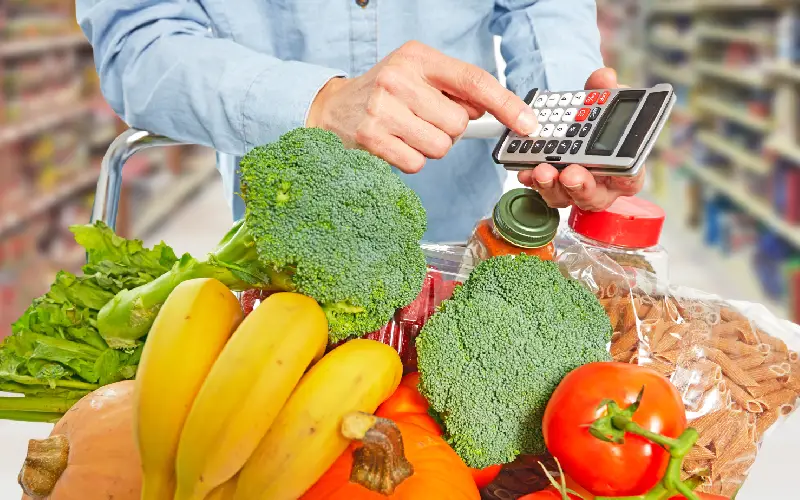In the food industry, where efficiency is critical, good cost control can make the difference. Learn the keys to the food costing calculator and explore how to improve each aspect to achieve a balance between quality (QA QC) and profitability.
Food costing calculator: what is it about?
Cost management in food production, especially for products such as fruit purée imported from regions such as Colombia, is critical to achieving profitability and sustainability.
Foremost, to set the ideal food costing calculator in your business, it is essential to identify:
- The right percentage in relation to your selling price.
- The accuracy in the execution of the recipes.
The steps include calculating the cost of food and beverages versus sales. Subsequently, an ideal cost percentage should be determined based on adherence to the ingredients and the particularities of each product (Sheykin, 2024).
Now, what are its different components? Keep in mind the following:
Raw material
The price of raw material is one of the most important factors in calculating the cost of food. These costs fluctuate depending on several factors; for example:
- Season: Seasonal fluctuations affect the abundance and price of fruits. In high season, prices tend to decrease due to increased supply. In low season, scarcity leads to higher costs.
- Availability: Factors such as weather, pests, and farming practices influence fruit availability. Years with favorable conditions increase production and reduce prices, while adverse events can cause shortages and increase costs.
- Product quality: High-quality fruits are more expensive but essential for a good final product. Using lower-quality fruits can reduce upfront costs, but impact the quality and acceptability of the purée.
It is crucial to establish strong relationships with local suppliers, for example in organic farming. This is to ensure competitive prices and high-quality raw materials. In addition, diversifying suppliers can help mitigate the risks of scarcity or price increases.
Food costing calculator: production costs
These costs encompass all expenses associated with the process of turning the fruit into purée. These include:
- Energy consumption
- Machinery maintenance
- Labor costs
- Costs to comply with sanitary and quality regulations.
Improving efficiency in the production line can be achieved through the adoption of advanced technologies and constant training of personnel.
Logistics costs
In food costing calculator, logistics encompasses processes such as:
- Storage: involves costs related to physical space, refrigeration (if necessary), and inventory management. Storage facilities must comply with food quality and safety, maintenance of these spaces, and product handling.
- Transportation: includes the cost of fuel, vehicle maintenance, driver salaries, and, in some cases, transit fees and tolls.
- Product distribution to destination markets: this process requires effective coordination with retailers and distributors. It must be able to adapt to fluctuations in demand to avoid overstocking or shortages.
Logistics costs can be considerably high, especially in the case of exports. Therefore, it is crucial to select efficient modes of transport and optimize logistics routes to efficiently manage these costs.
Food costing calculator: tariffs and duties
Importing food involves different tariffs and duties that have a considerable influence on the final price of the product. It is essential to keep informed about current trade agreements and customs regulations to reduce these costs (Martínez, 2023).
Marketing and distribution costs
Marketing is crucial to ensure that both raw materials and finished products reach the final consumer efficiently. This includes activities such as:
- The promotion of the product.
- Its presence at points of sale.
- Relationship management with distributors and retailers.
Marketing strategies in food production are vital. They not only drive sales, but also ensure that the value chain is efficient and aligned with market expectations and needs.
Optimizing the distribution chain can lower related costs and strengthen product presence in the marketplace.
Food costing calculator manage efficiently
It is vital to increase profitability in food production by optimizing operational efficiency, managing resources in advance, and creating sound marketing and logistics strategies. These approaches help to significantly lower costs and simultaneously elevate competitive position in the marketplace.
Referencias Bibliográficas
- Ali, H. (2024, 9 de enero). How to reduce the cost of production in food manufacturing facilities?
- Martínez, C. (2023). Impacto en los aranceles en el costo de los productos improtados. Revista Digital Comunicación y Gerencia, 3 (1), 19-29.
- Sheykin, H. (2024, 4 de abril). 8 crucial operating costs every foodproduction business should know. Finmodelslab.







